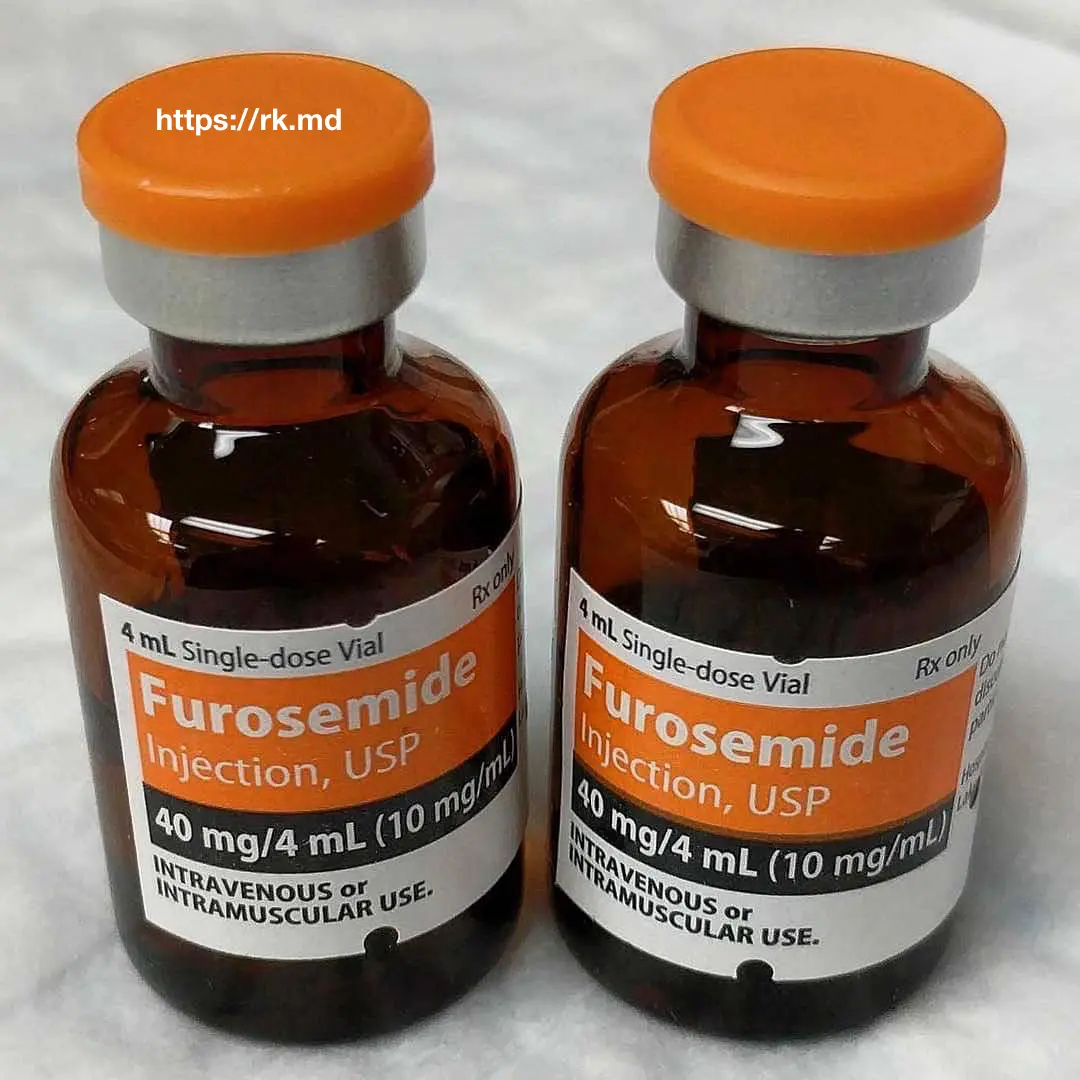Furosemide (Lasix) is a loop diuretic that works on the Na/K/2Cl cotransporter in the thick ascending loop of Henle. It’s a medication I routinely use for patients with congestive heart failure (CHF) exacerbations who are retaining extra fluid in their distal extremities, lungs, abdomen, and other dependent areas. In the operating room, I’ve occasionally given it with fluids to promote renal tubular flow during transplant surgeries and to mitigate the volume load from massive transfusions.
A growing body of evidence is suggesting that the the initial improvement in CHF symptoms (i.e., shortness of breath) is actually courtesy of venodilation. By dilating the large venous capacitance vessels, more blood is shunted away from the heart (decreased preload) reducing right atrial pressure, pulmonary capillary occlusion pressure, and attenuating pulmonary overload. These effects precede Lasix’s diuretic effects which occur after 30-60 minutes of administration.
Besides its strong diuretic effects and lasting six hours (hence the name “La-six”), we need to recognize that furosemide does indeed affect vascular tone (likely from altering vascular prostaglandin synthesis) which can acutely improve symptoms of volume overload prior to diuresis.
Another great thing about Lasix is that, in higher doses, it tends to still work in low GFR environments. Additionally, it has synergy with thiazide-like diuretics like metolazone and chlorothiazide via sequentially blocking different parts of the nephron. Traditionally, patients with known allergies to sulfa antibiotics were given alternative diuretics like ethacrynic acid; however, more literature is now showing this sulfa cross-reactivity to be fairly small with loop diuretics.
As always, drop me a comment below with questions! 🙂







Hi,
This is interesting information that I’d like to incorporate into my practice. Do you have an sources for the claims made here?
Thanks!
All the better…. A drug which saves many lives in ED and ICUs around the world…..